Marketing Term

ABCDE

Activity-based costing
Activity Based Costing (ABC) is a method for properly allocating costs in activities within an organization. Unlike traditional costing methods, it allocates costs according to the actual use of services and products rather than arbitrarily.

Brand relationship
Do you have questions or concerns like these?What is Brand relationship?What is a concrete example of Brand relationship...

Cause Marketing
Do you have questions or concerns like these?What is Cause Marketing?What is a concrete example of Cause Marketing?If yo...
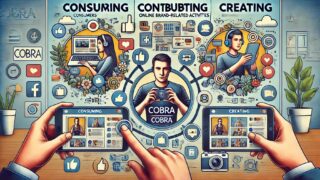
COBRA
Do you have a question like this?What is "COBRA"?This time, to solve such issue, I will provide a clear explanation ofTh...

Cognitive Dissonance
Cognitive dissonance is a psychological concept describing the mental discomfort experienced when holding two or more contradictory beliefs, values, or ideas. Developed by Leon Festinger, it arises from a situation where a person's behavior conflicts with their beliefs or attitudes, leading to an inconsistency. This inconsistency causes psychological stress, motivating individuals to reduce the dissonance by changing their attitudes, beliefs, or behaviors to regain consistency. Cognitive dissonance plays a significant role in decision-making, belief formation, and attitude change.

Country-of-origin effect
What is "Country-of-origin effect"?Hello everyone. Today's theme is the "Country of Origin Effect".This time, I will exp...

Decision-making
Decision-making is the cognitive process of selecting an action from among multiple alternatives. We choose from a number of behavioral options based on a variety of criteria, including personal preferences, values, and expected outcomes.

Diffusion of innovations
Diffusion of innovation is a theory that explains how, why, and at what rate new ideas and technologies spread. The theory was proposed by Everett Rogers in 1962 and is used in a wide range of fields, including sociology, business, and public health. At the core of the theory are the elements that influence the diffusion process: the innovation itself, the communication channel, time, and the social system. For an innovation to diffuse quickly, it must demonstrate a clear advantage over these elements. Technology can be tangible, like a product, or intangible, like an idea.
FGHIJ
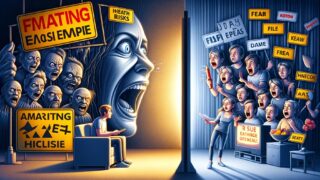
Fear appeal
Fear appeal is a persuasive communication tactic used in psychology, sociology, and marketing to encourage individuals to act in a certain way by invoking fear.

Green marketing
Do you have questions or concerns like these?What is Green marketing?What is a concrete example of Green marketing?If yo...
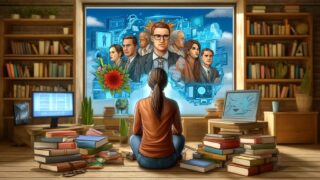
Implicit attitude
Do you have a question like this?What is "Implicit attitude"?This time, to solve such issue, I will provide a clear expl...

Impulse purchase
Impulse purchases are unplanned decisions by consumers to buy products or services just before making a purchase. These spontaneous buying actions often arise from emotions, feelings, and attitudes, influenced by seeing the product or promotional messages. Initially defined in the DuPont Consumer Buying Habits Study (1948-1965), the concept evolved to focus on consumer urges and the conflicts between rational decision-making and emotional desires. Various types, including "Pure Impulse Buying," "Reminder Impulse Buying," "Suggestion Impulse Buying," and "Planned Impulse Buying," highlight different triggers and circumstances for these purchases. The psychology behind impulse purchases involves disrupting normal decision-making processes, often leading to purchases that may not be functional or necessary. Factors like cultural values, environmental over-stimulation, and disorganized settings influence impulse buying behavior, affecting everything from small items at checkout aisles to large purchases like automobiles.

Influencer Marketing
Influencer marketing is a crucial strategy in modern social media and marketing. It involves the introduction and endorsement of products by influencers. In this process, companies work with influencers to promote their product, service, or brand message.

Internet Celebrity
Internet celebrities, also known as influencers, are people who achieve fame through the Internet. This has much to do with the rise of social media like YouTube, Instagram, and TikTok. These platforms allow influencers to generate a large following by creating content ranging from life hacks to entertainment.
KLMNO

Loss Aversion
Loss aversion is a principle in behavioral economics suggesting that the pain of losing is psychologically more powerful than the pleasure of gaining.

Maslow's hierarchy of needs
Maslow's Hierarchy of Needs is a psychological theory proposed by Abraham Maslow in 1943. The theory refers to people's needs as a pyramid, with each level representing a different need. From the bottom to the top are physiological needs, safety needs, the need for love and belonging, the need for self-esteem and, at the top, the need for self-actualization.
PQRST

Parasocial Interaction
What is "Parasocial interaction"?Hello everyone. This time's theme is "Parasocial Interaction".This refers to the phenom...

Posture in Psychology
What is Posture in Psychology?Posture is not just about how we hold our bodies; it plays a significant role in psycholog...
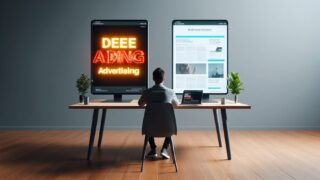
Psychological Reactance
Do you have a question like this?What is"Psychological Reactance"?This time, to solve such issue, I will provide a clear...

Source Credibility
Do you have a question like this?What is "Source Credibility"?This time, to solve such issue, I will provide a clear exp...
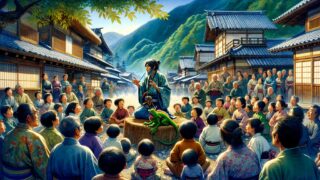
Storytelling
Storytelling is the social and cultural activity of sharing stories, sometimes with improvisation, theatrics, or embellishment. Every culture has its own stories or narratives, which are shared as a means of entertainment, education, cultural preservation, or instilling moral values. Crucial elements of stories and storytelling include plot, characters, and narrative point of view.The art of storytelling is not just reserved for fiction. Storytelling is used in various fields including business, to enhance branding and advertising, in education, to enhance learning, and in law, to persuade judges and juries. The effectiveness of storytelling is generally accepted based on the anecdotal evidence of its benefits, making it a powerful tool in both traditional and modern settings, conveying ideas and messages in a memorable way.g narratives to convey information and values. It includes elements like character creation, plot development, and environmental descriptions that engage the audience. It has played a vital role in human communication throughout history, used in education, entertainment, and the preservation of culture.

Two-step flow of communication
Do you have questions or concerns like these?What is Two-step flow of communication?What is a concrete example of Two-st...


